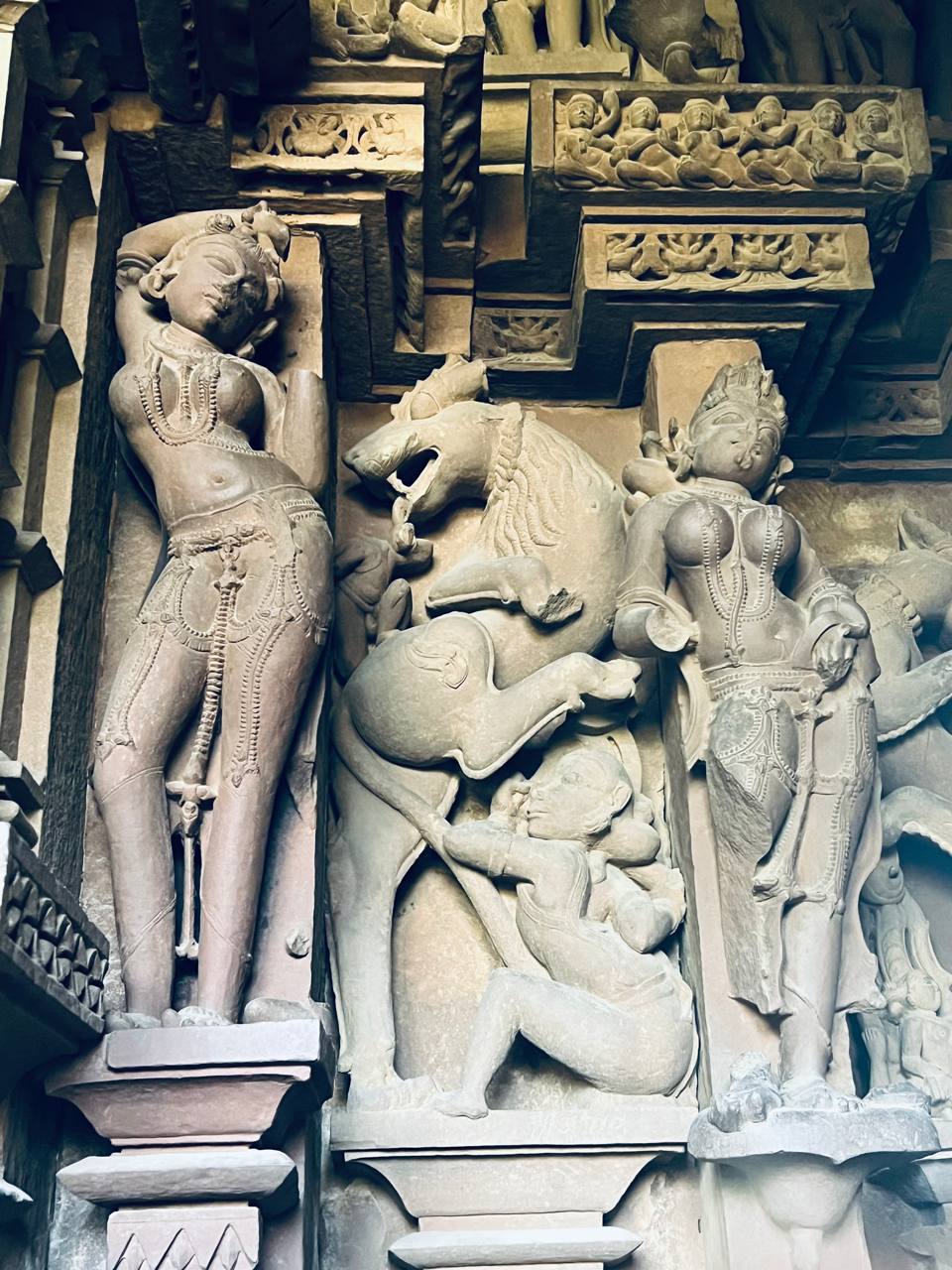Preface…
The essence of tantra remains incomprehensible and perhaps even mystical to many today, despite the fact that tantra training courses are popping up like mushrooms after the rain. There are many taboos associated with tantra, especially because of its alleged sexual practices. At the same time, tantra is spoken of as a high spiritual teaching. So what is tantra? Is there an authentic tantra and what are these real tantra practices? In this and the following articles, we will examine the history of the beginning and development of tantra and practices from the past to the present in order to clarify what tantra is. Let’s start with the preface, because it contains important background information about tantra.
Various sources provide assorted information about when tantra arose. There are hints that tantra began even before our era, but most sources consider the time of tantra’s emergence to be the 4th-6th century and India to be the birthplace of tantra. Hinduism, based on the ancient scriptures of the Vedas, had already existed in India for some time during this period. The Vedas are very old scriptures, whose beginning is considered to be 1500-800 BC. Although Tantra has greatly influenced Hinduism and Hinduism in turn influenced Tantra, Tantra is not based on the Vedas and is not part of Hinduism. The original sources of Tantra take us on completely different paths.
The origin story of Tantra is associated with early matriarchal tribes, where various female deities were worshipped, symbolizing each force of nature as divine, and where the cult of the fertility goddess was central.
Fertility goddesses have been present in all major ancient civilizations in Ancient Greece, Anatolia, Mesopotamia and Egypt (Demeter, Aphrodite, Cybele, Hepat, Ishtar and Isis), and regardless of the different geographical locations, there are very great similarities in the visual descriptions and mythological stories of fertility goddesses. Among other things, fertility goddesses have also been associated with the cosmic planetary order.
Many very early religions associated nature and the earth with women, because just as women have a fertility cycle, nature and its fertility are also cyclical.
Fertility is not a separate phenomenon, for this nature needs both the female and male principles. Fertility, in our understanding, is born from sexuality, even in the plan of nature, even in a natural event such as the seed reaching the soil. Without fertility, without sexuality, there would be no Life, or sexuality carries Life. Thus, in ancient civilizations, fertility rites also included sexual rituals, either symbolically or as direct sexual acts.
In addition, there were rituals for communicating with the forces of nature and the elements.
How we view these rituals today, whether as something very primitive and based on superstition or as powerful and effective practices, is not really important, because without experience it is just an opinion.
But returning to tantra, it is noteworthy that even today various rituals and ceremonies are used in tantra, the roots of which probably go back to the cult of these same fertility goddesses.
Part of the tantric worldview is the idea that all material reality is Shakti, or divine feminine power, and tantra is still a “faith of female deities”, dedicating rituals and mantras to the female principle, through which enlightenment can be achieved.
Contrary to many other spiritual traditions, in the tantric view, women are considered equally important and sacred as men. It is known that men very often received initiation into tantra from women (dakinis, yoginis), who mastered secret tantric practices. In the history of tantra, women have never been cast aside as in other religions; on the contrary, the spread of tantra in India brought women more freedom and opportunities, compared to Hinduism based on the Vedas.
Thus, tantra is a system that deeply respects the feminine principle, the origins of which can be found in the tradition of fertility goddesses.
Tantra is of course not a tradition based solely on the feminine principle; in fact, in tantra, the male and female principles (Shiva and Shakti) are considered inseparable, because they always appear together. Nevertheless, there are practices that are considered more directed towards Shiva, or male energy, and others dedicated to Shakti, or female principle – this also led to the formation of separate lines in tantra, but we will talk about them in the following articles.







